Reno Will Officially Be a Desert By 2060, and Other Cities With Shifting Biomes
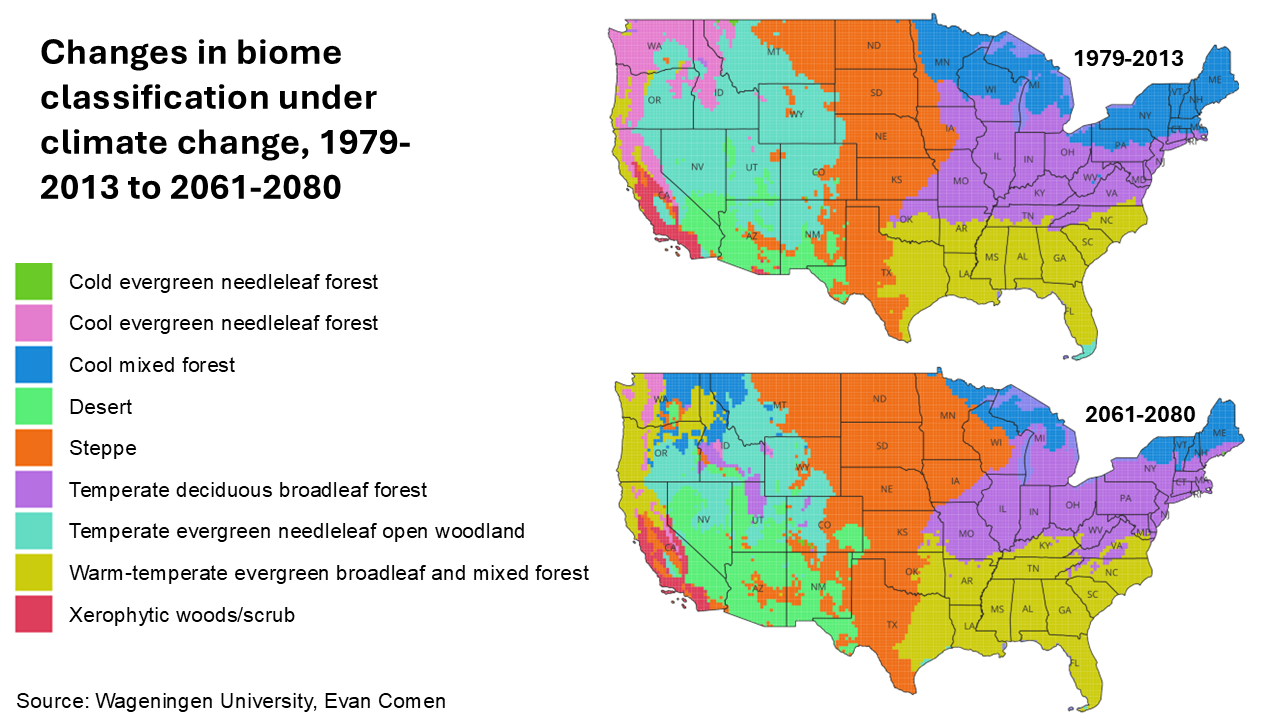 https://climate-crisis-247-bucket.nyc3.digitaloceanspaces.com/wp-content/uploads/2025/06/07214110/biome-change-map-150x150.png
https://climate-crisis-247-bucket.nyc3.digitaloceanspaces.com/wp-content/uploads/2025/06/07214110/biome-change-map-150x150.pngIn a recent study published in the journal PeerJ, researchers from the Open Earth Monitor Cyberinfrastructure project used high resolution data and machine learning to map how natural vegetation zones – or biomes – could shift by 2080 under different climate scenarios.
Hot property? From Maui to Malibu, These Affluent Enclaves Are Becoming Wildfire Hotspots
Running dry? The 10 Cities Facing Emergency Drought Conditions, Water Crises
Researchers found that the composition of biomes in the United States will change considerably over the next several decades. The central U.S. will become hotter and drier, with the cool mixed forests that characterize states like Minnesota and Wisconsin giving way to the dry, grassy steppe biomes. The steppe biome will expand the most, while biomes like cool evergreen needleleaf forest and temperate deciduous broadleaf forest will shrink considerably.
Many of the country’s largest population hubs will experience complete biome shifts by the end of the century, including Reno, Los Angeles, and Seattle. A closer look at the data reveals the cities projected to undergo the greatest biome transformations in the next 50 years.
To determine the cities with changing biomes, Climate Crisis 247 reviewed spatial data from the April 2023 paper Current and future global distribution of potential biomes under climate change scenarios, published in PeerJ. Cities were ranked based on the degree of change from dominant biome type from a 1979-2013 baseline to a forecasted 2061-2080 scenario, based on the BIOME 6000 classification scheme. Forecast changes to biome landscape classification are based on RCP 8.5 scenario, or high emissions. Analysis was done in QGIS using raster data and zonal statistics. Only cities with at least 250,000 residents were considered.
25. San Francisco, CA
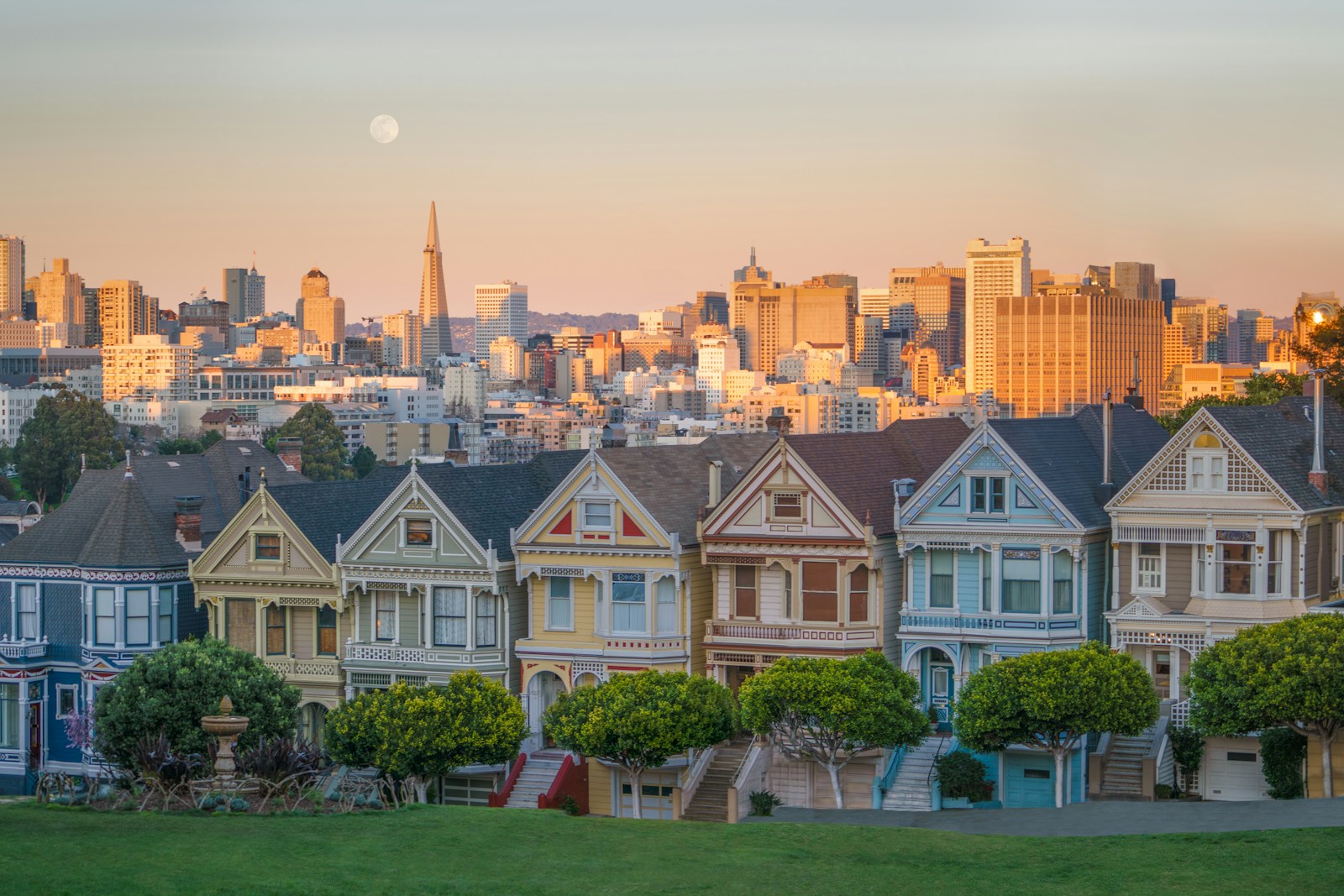
- Current biome classification: Warm-temperate evergreen broadleaf and mixed forest
- Projected biome classification, 2061-2080: Xerophytic woods/scrub
- Current population: 851,036
24. Aurora, CO
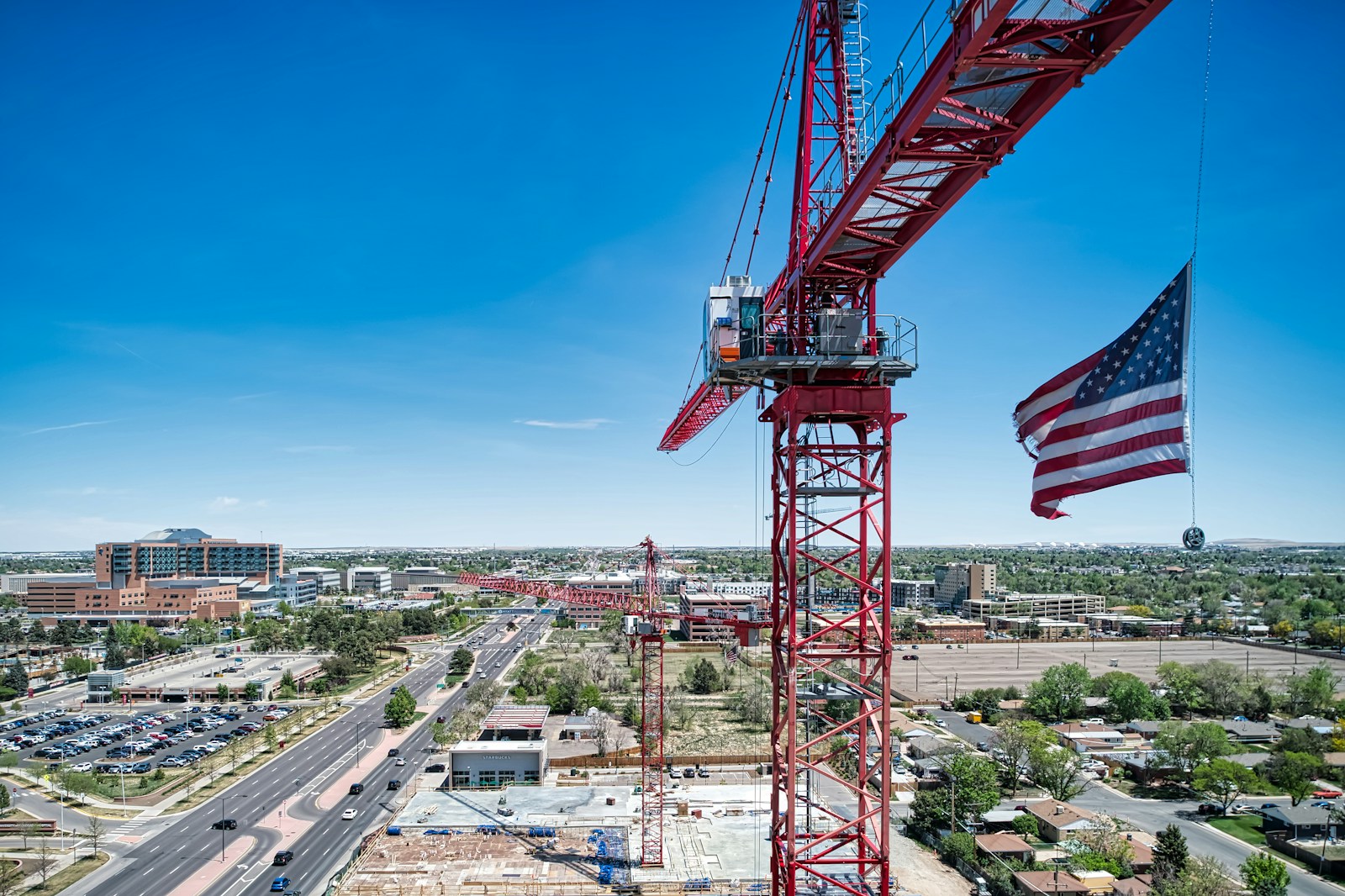
- Current biome classification: Temperate evergreen needleleaf open woodland
- Projected biome classification, 2061-2080: Steppe
- Current population: 387,349
23. Fresno, CA
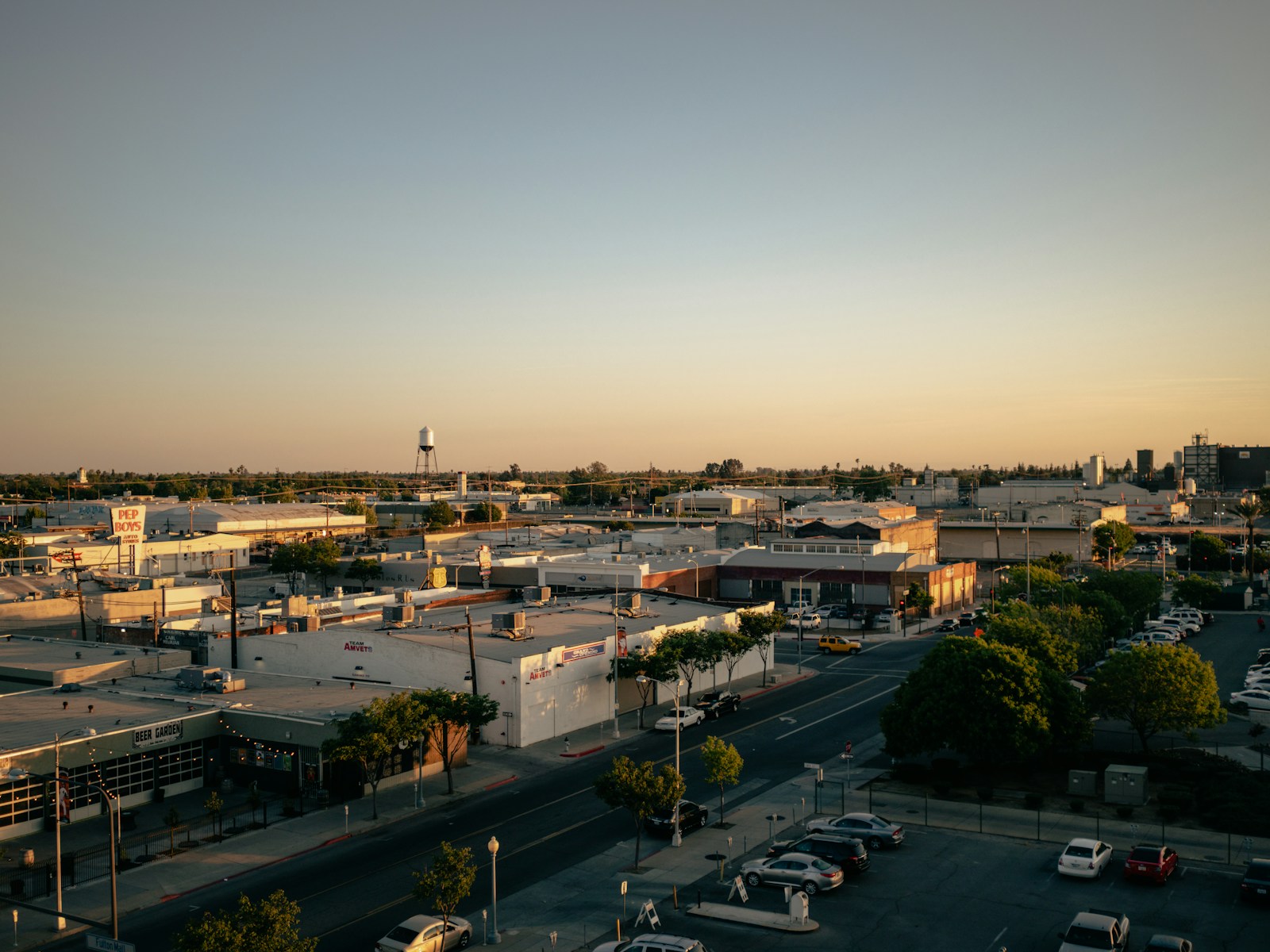
- Current biome classification: Temperate evergreen needleleaf open woodland
- Projected biome classification, 2061-2080: Steppe
- Current population: 541,528
22. Denver, CO
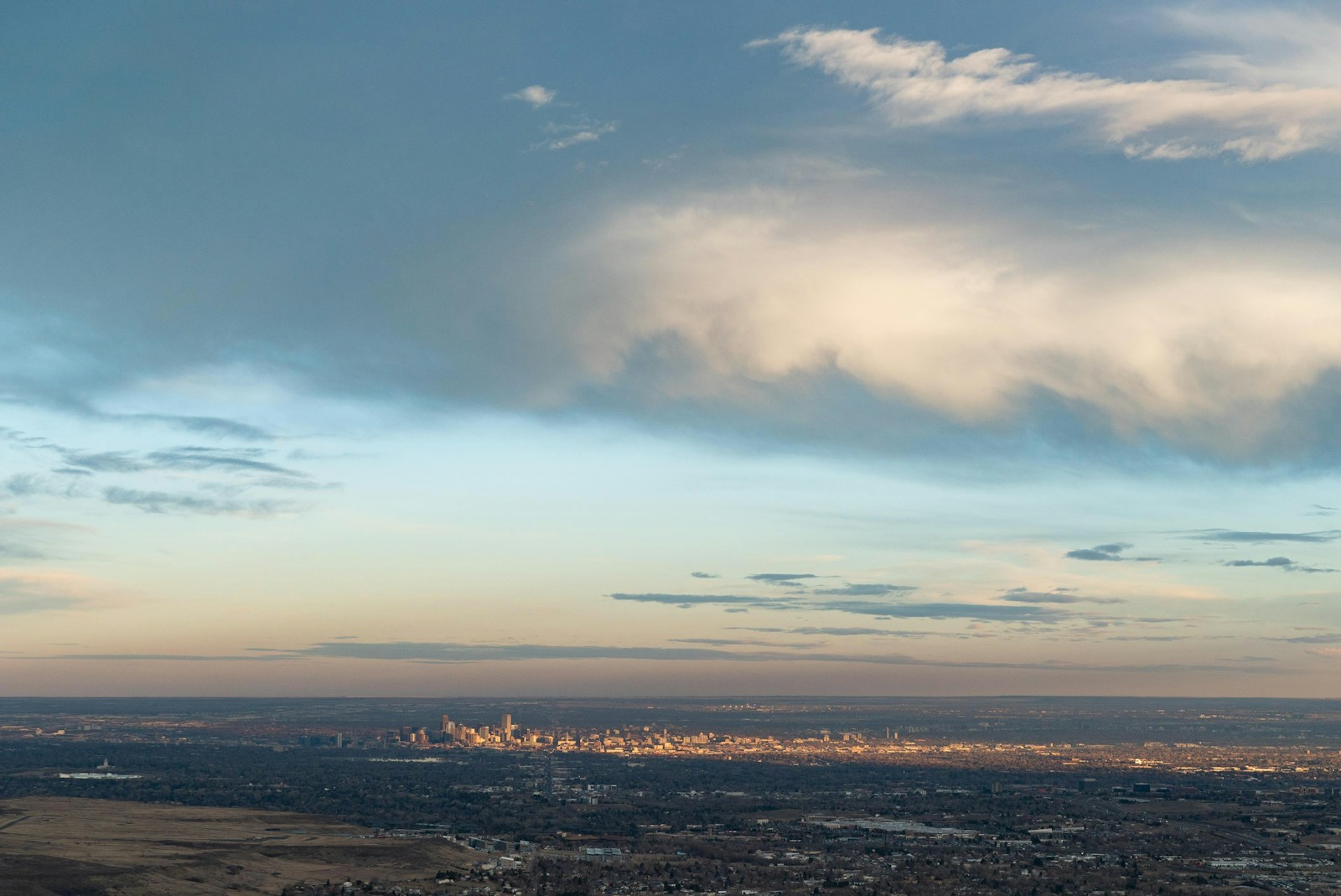
- Current biome classification: Temperate evergreen needleleaf open woodland
- Projected biome classification, 2061-2080: Steppe
- Current population: 710,800
21. Anchorage, AK
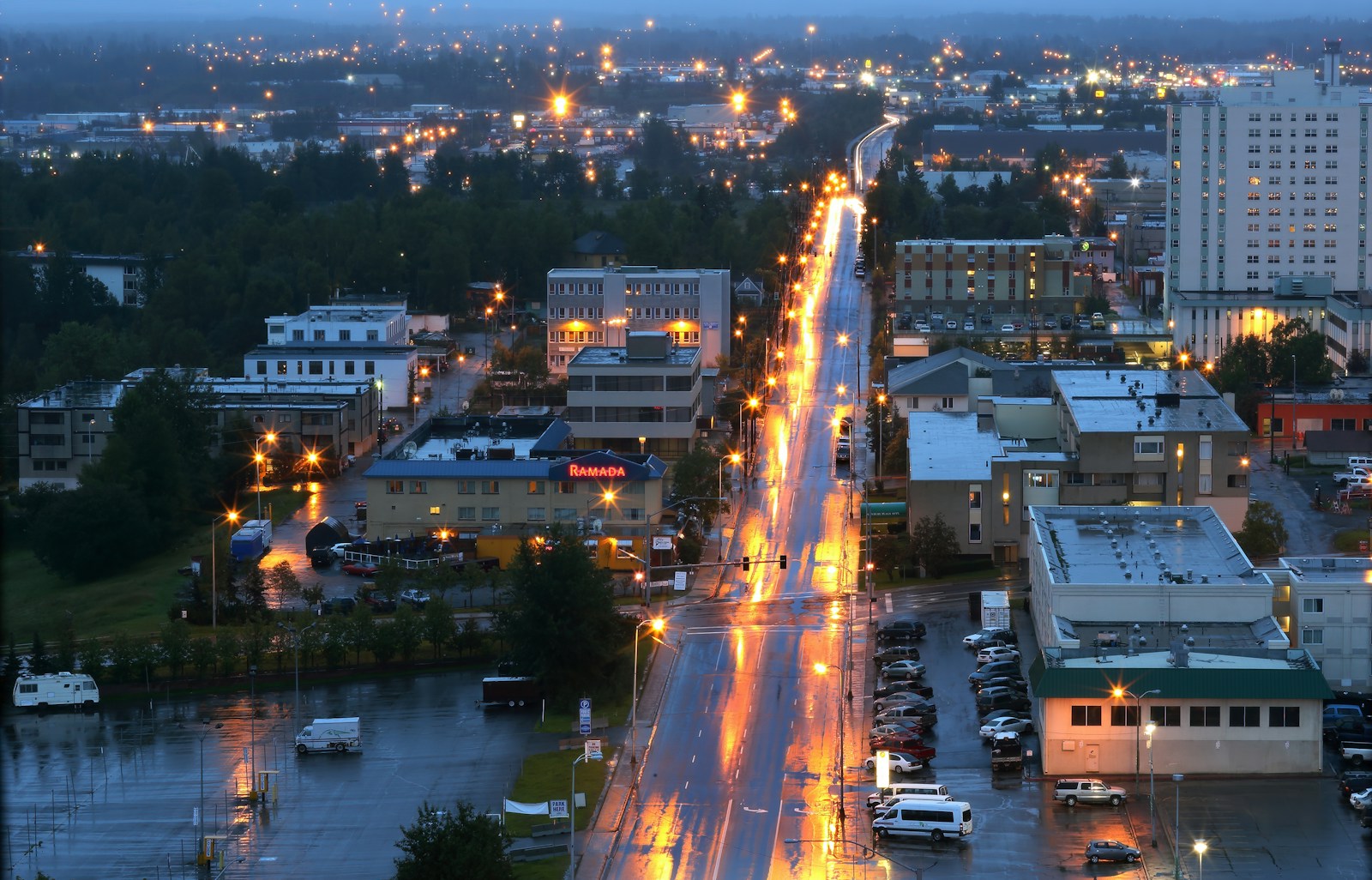
- Current biome classification: Low and high shrub tundra
- Projected biome classification, 2061-2080: Cool evergreen needleleaf forest
- Current population: 290,674
20. Miami, FL
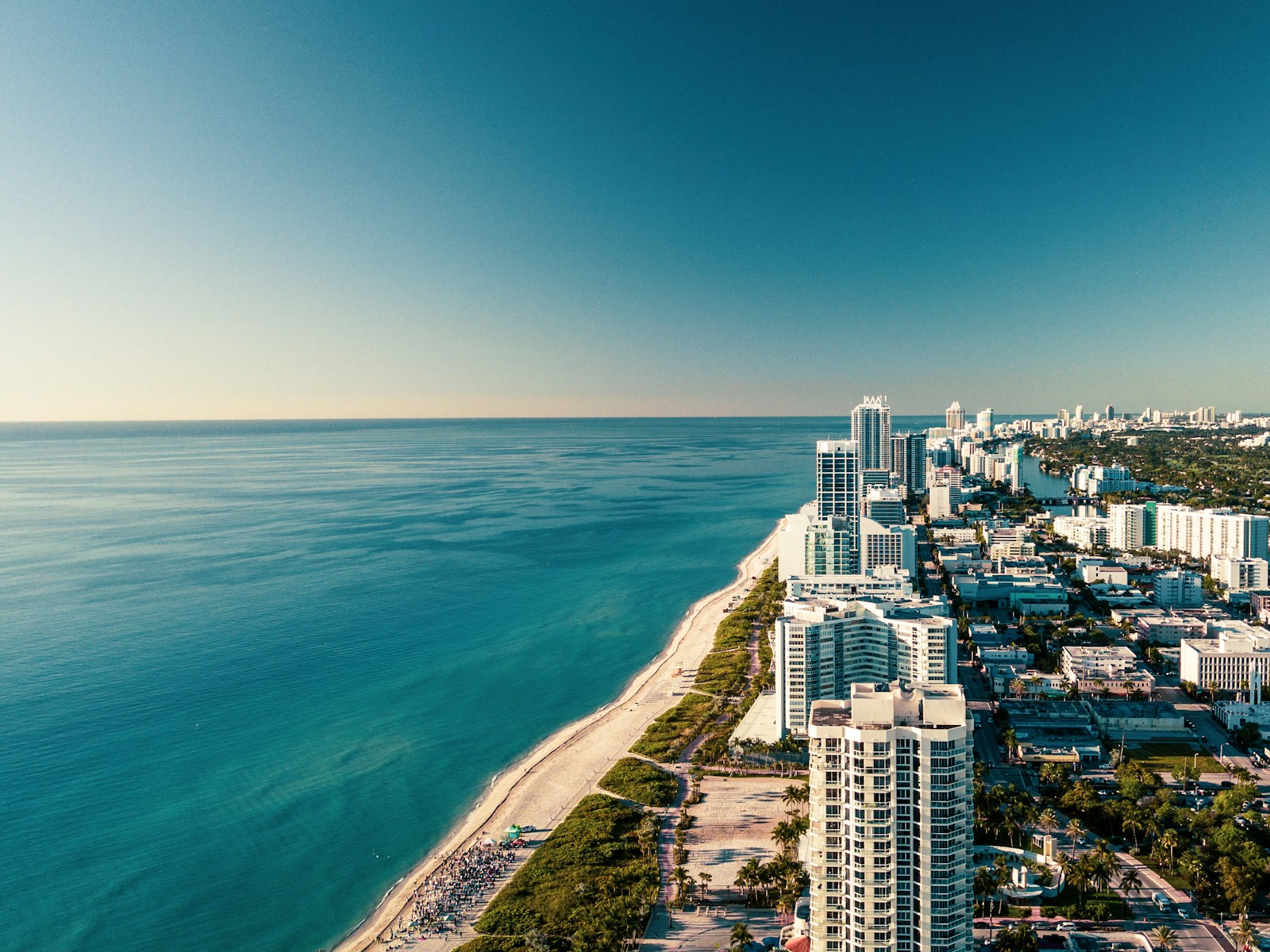
- Current biome classification: Temperate evergreen needleleaf open woodland
- Projected biome classification, 2061-2080: Warm-temperate evergreen broadleaf and mixed forest
- Current population: 443,665
19. Reno, NV

- Current biome classification: Temperate evergreen needleleaf open woodland
- Projected biome classification, 2061-2080: Desert
- Current population: 265,196
18. Bakersfield, CA
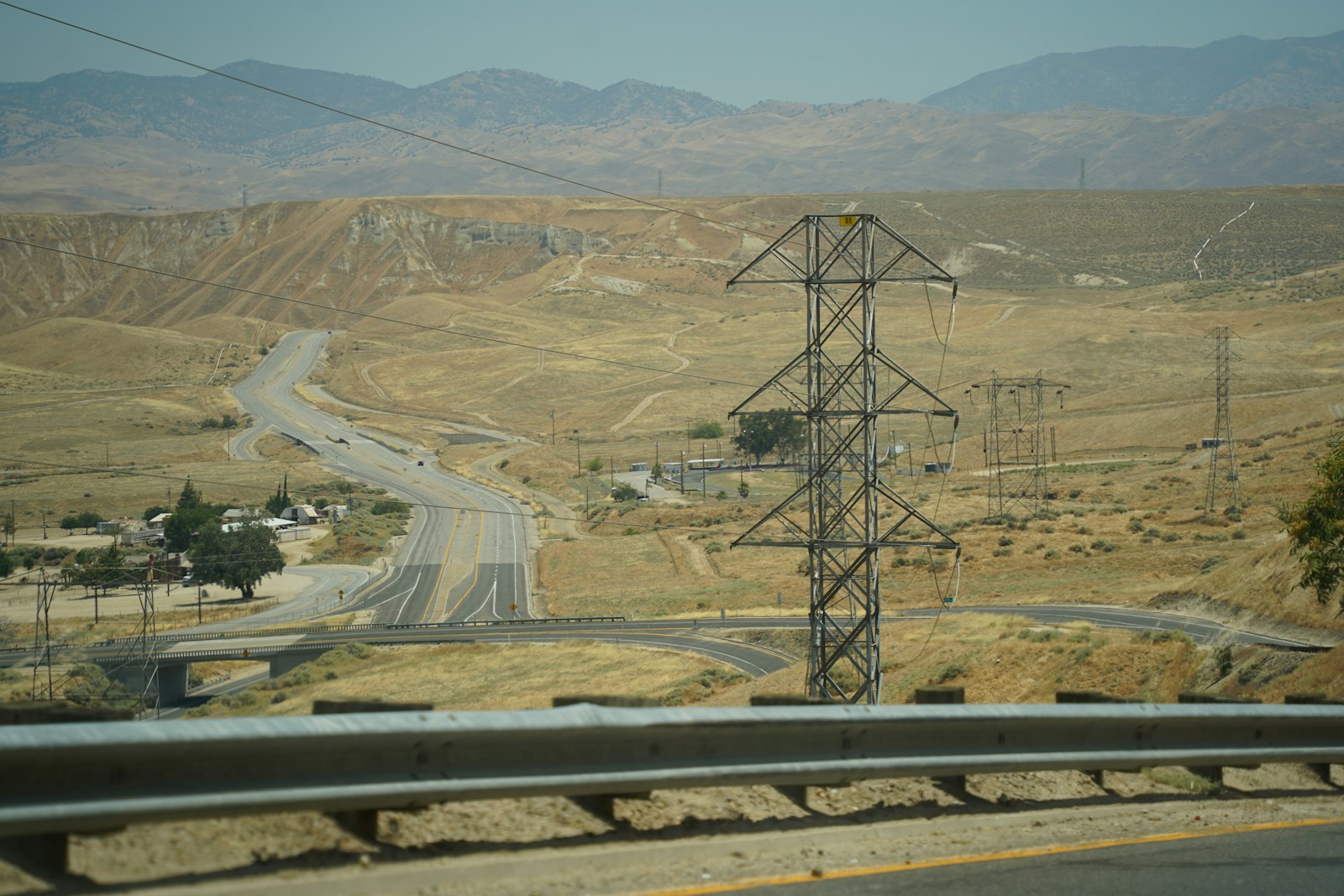
- Current biome classification: Temperate evergreen needleleaf open woodland
- Projected biome classification, 2061-2080: Desert
- Current population: 404,321
17. Tulsa, OK
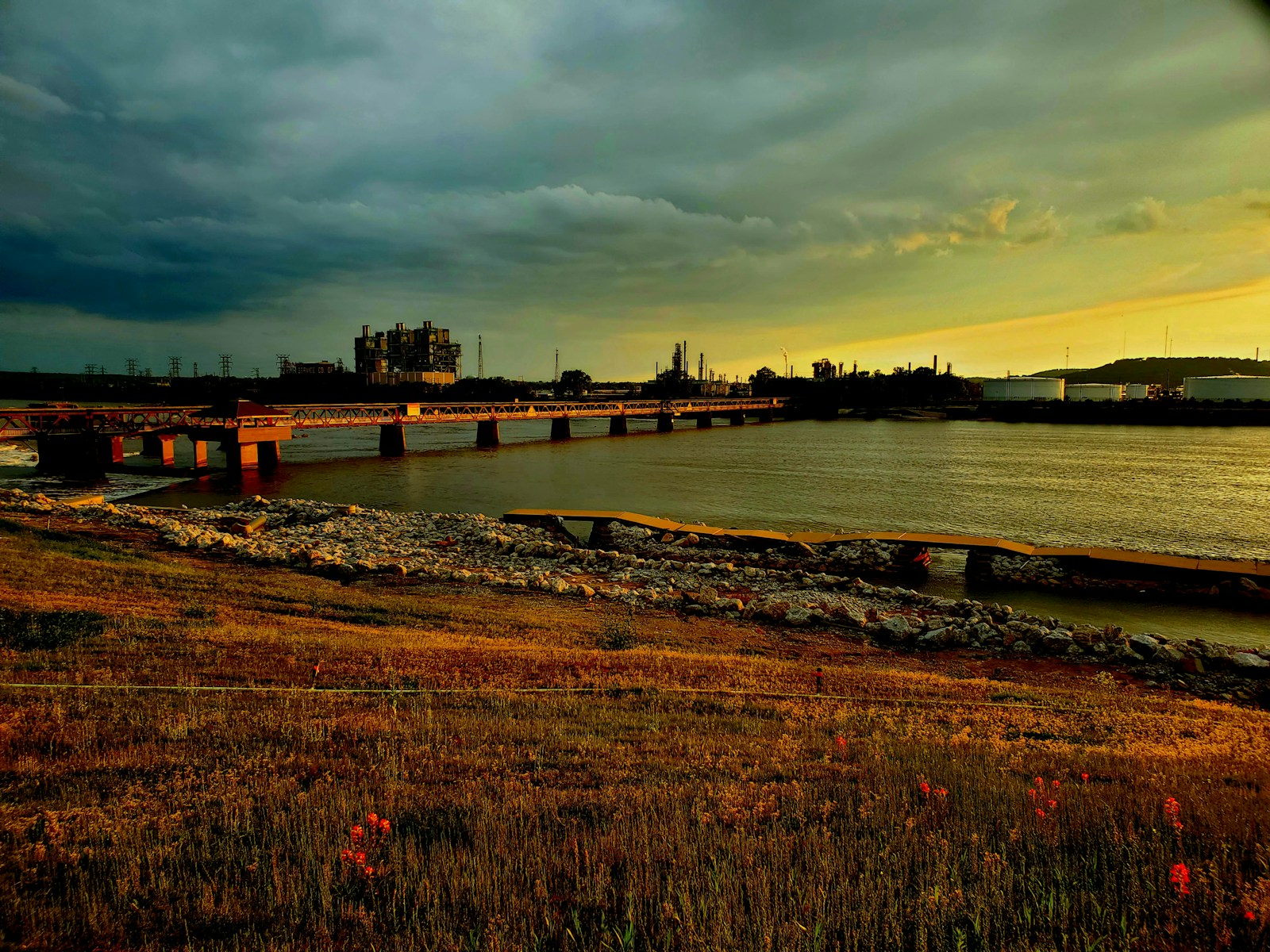
- Current biome classification: Temperate deciduous broadleaf forest
- Projected biome classification, 2061-2080: Warm-temperate evergreen broadleaf and mixed forest
- Current population: 411,938
16. Virginia Beach, VA
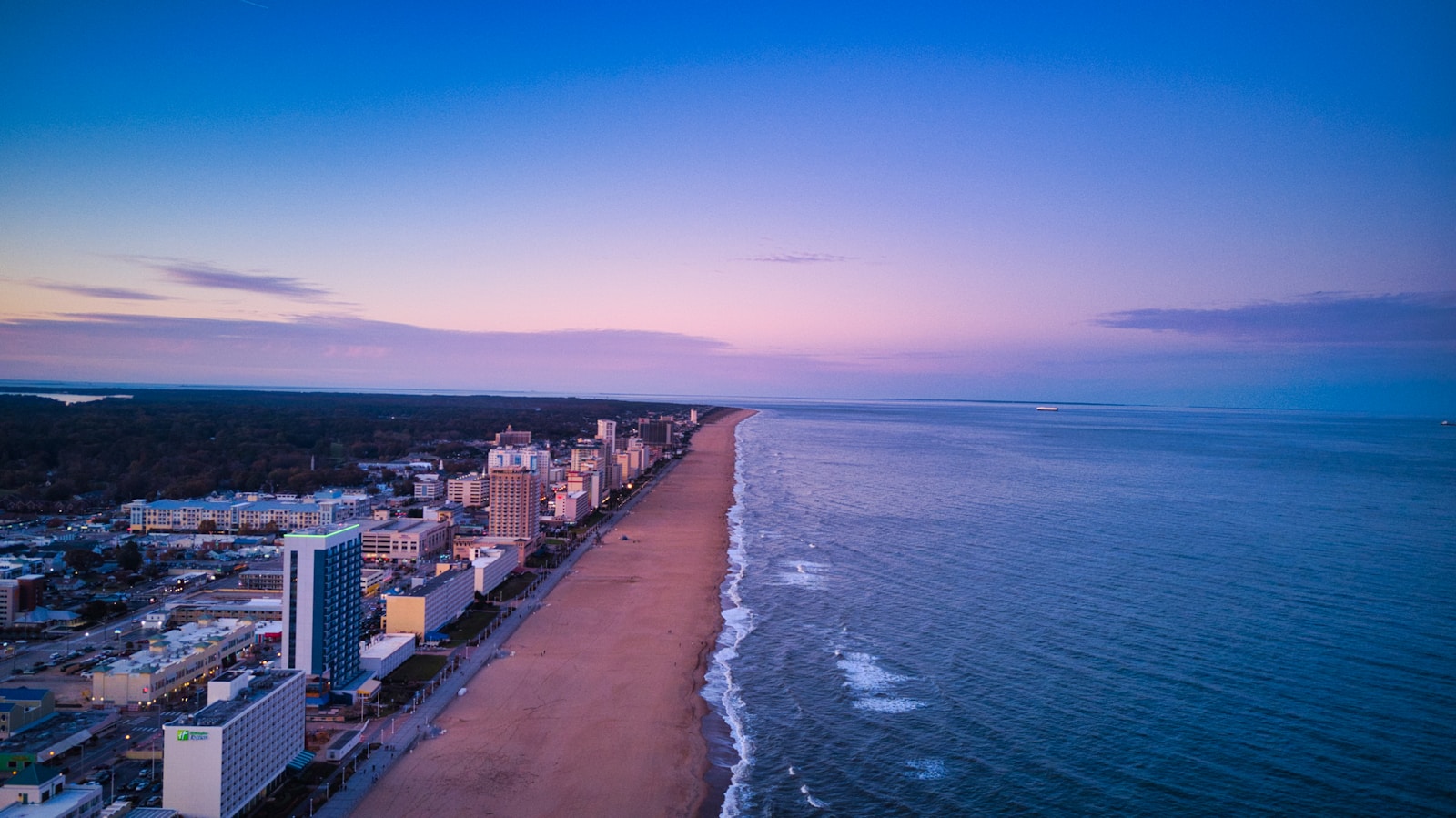
- Current biome classification: Temperate deciduous broadleaf forest
- Projected biome classification, 2061-2080: Warm-temperate evergreen broadleaf and mixed forest
- Current population: 457,900
15. Louisville/Jefferson County, KY
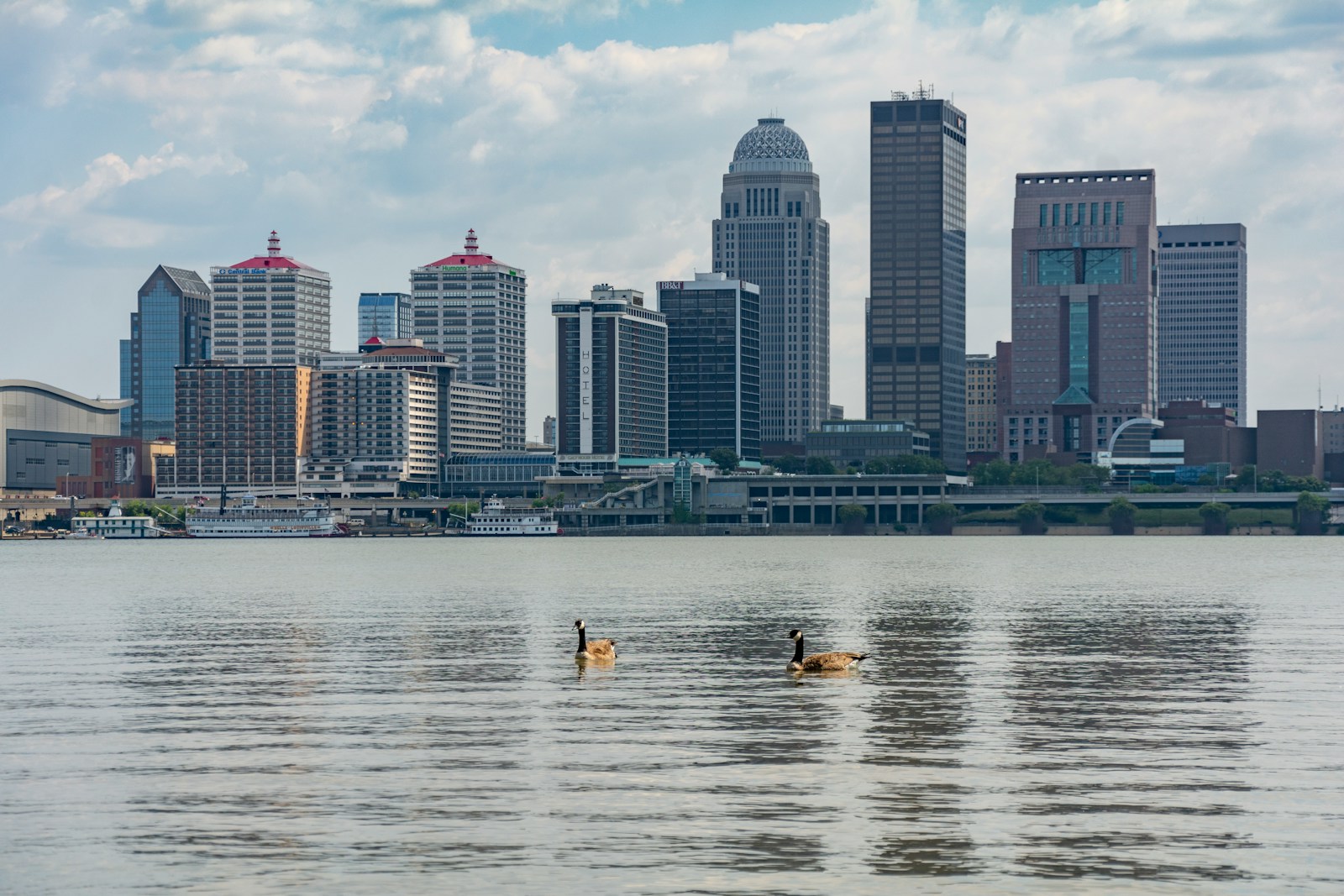
- Current biome classification: Temperate deciduous broadleaf forest
- Projected biome classification, 2061-2080: Warm-temperate evergreen broadleaf and mixed forest
- Current population: 629,176
14. Nashville-Davidson, TN
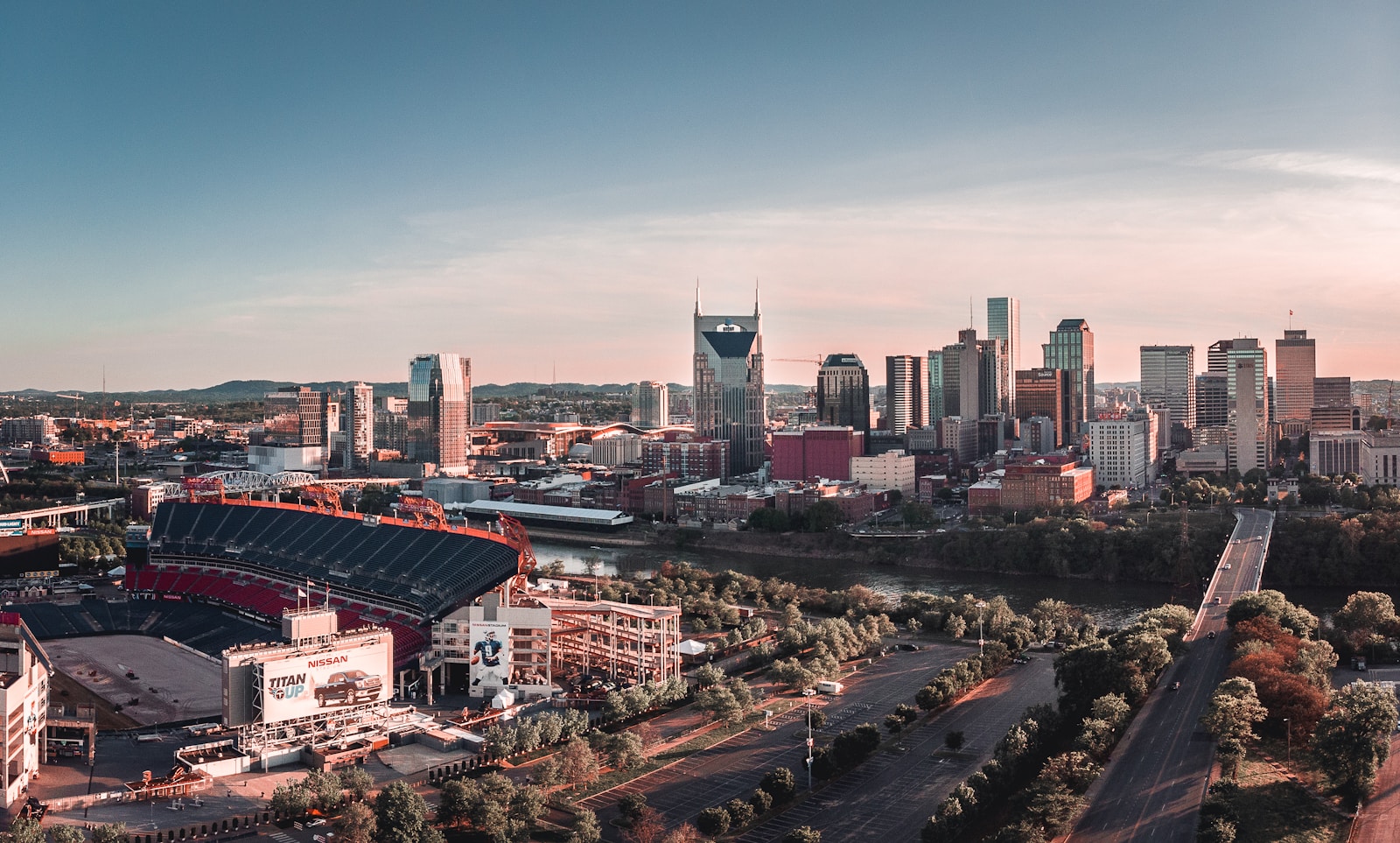
- Current biome classification: Temperate deciduous broadleaf forest
- Projected biome classification, 2061-2080: Warm-temperate evergreen broadleaf and mixed forest
- Current population: 684,103
13. Buffalo, NY
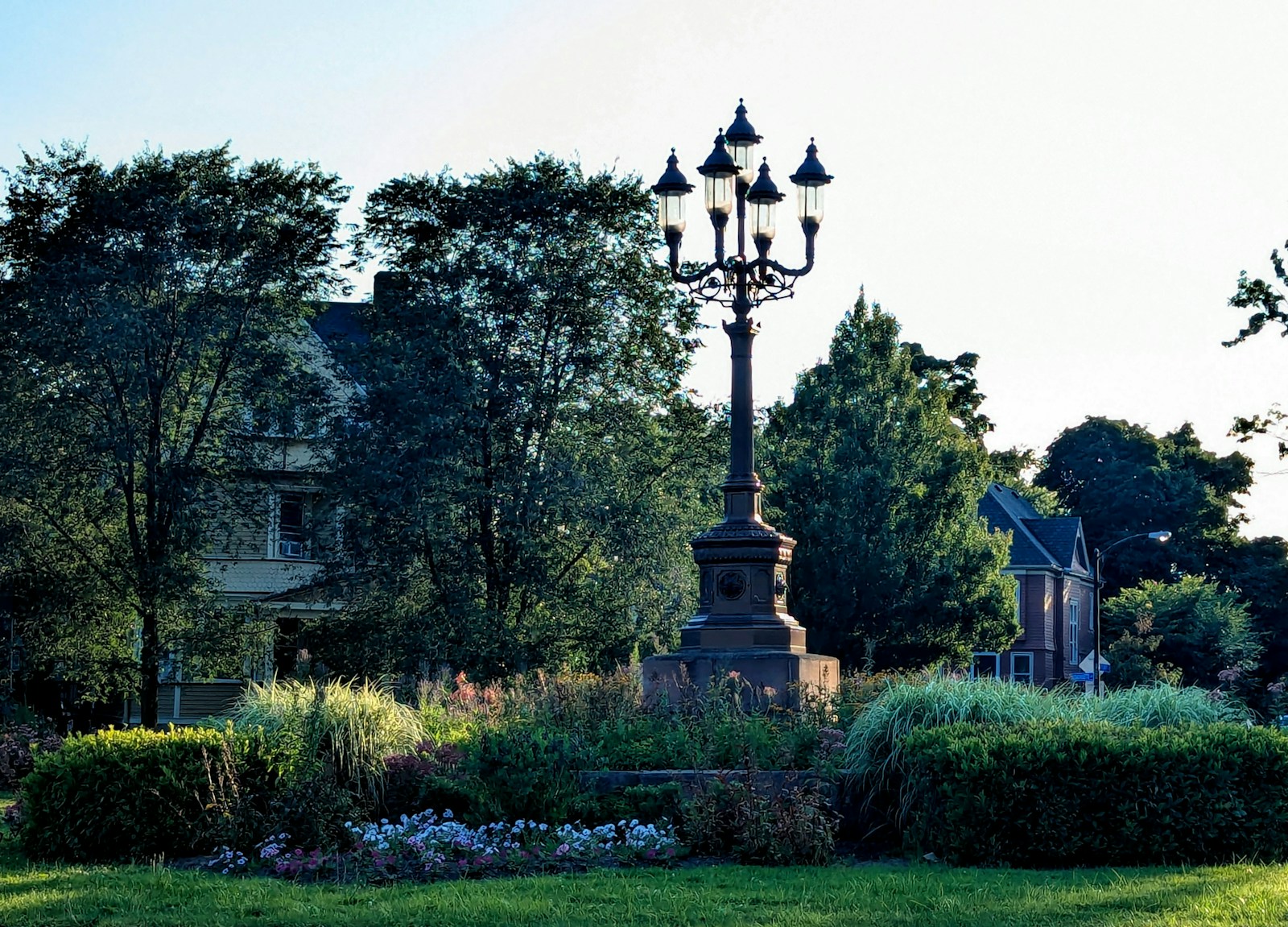
- Current biome classification: Cool mixed forest
- Projected biome classification, 2061-2080: Temperate deciduous broadleaf forest
- Current population: 276,688
12. Corpus Christi, TX
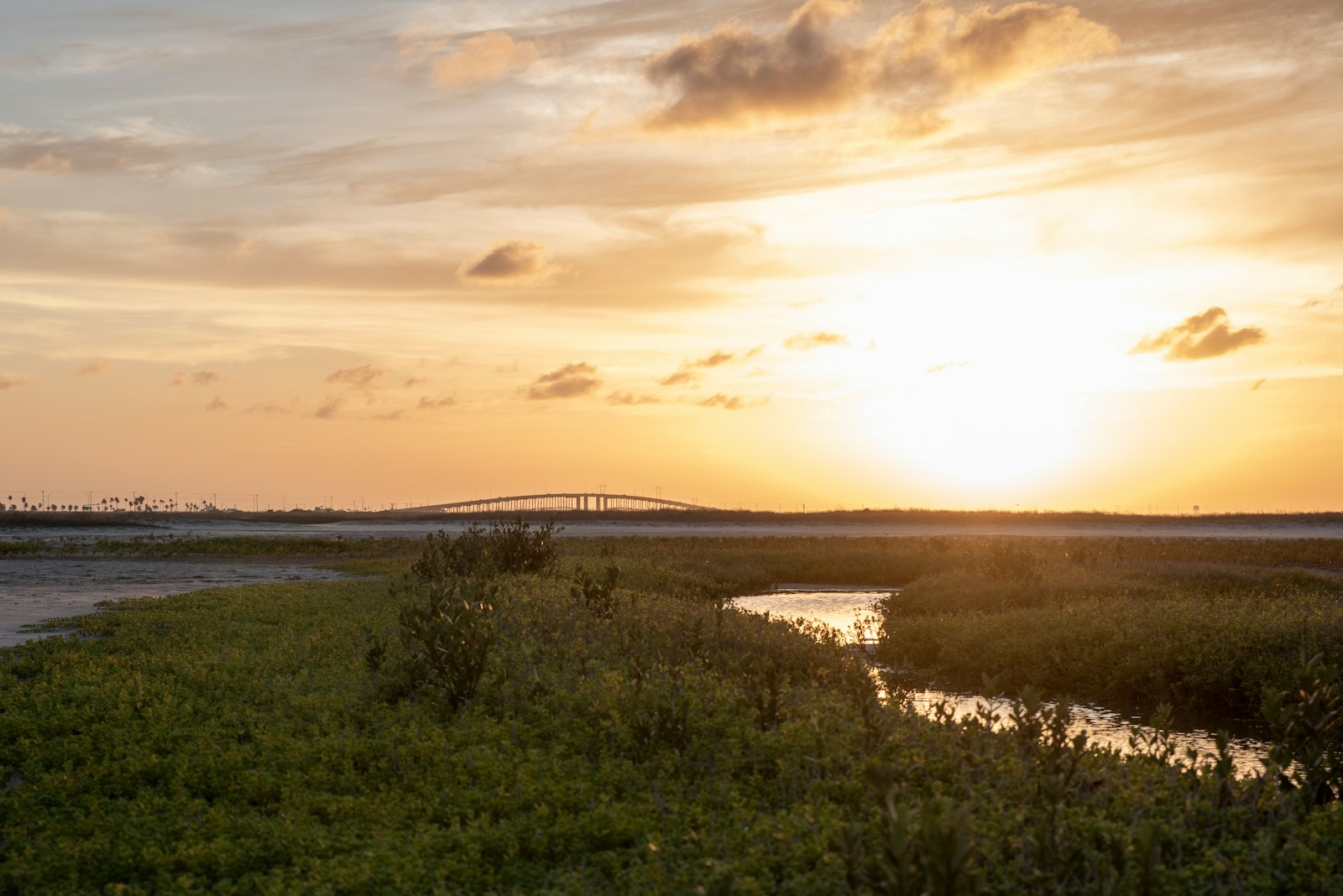
- Current biome classification: Warm-temperate evergreen broadleaf and mixed forest
- Projected biome classification, 2061-2080: Steppe
- Current population: 317,804
11. Cleveland, OH
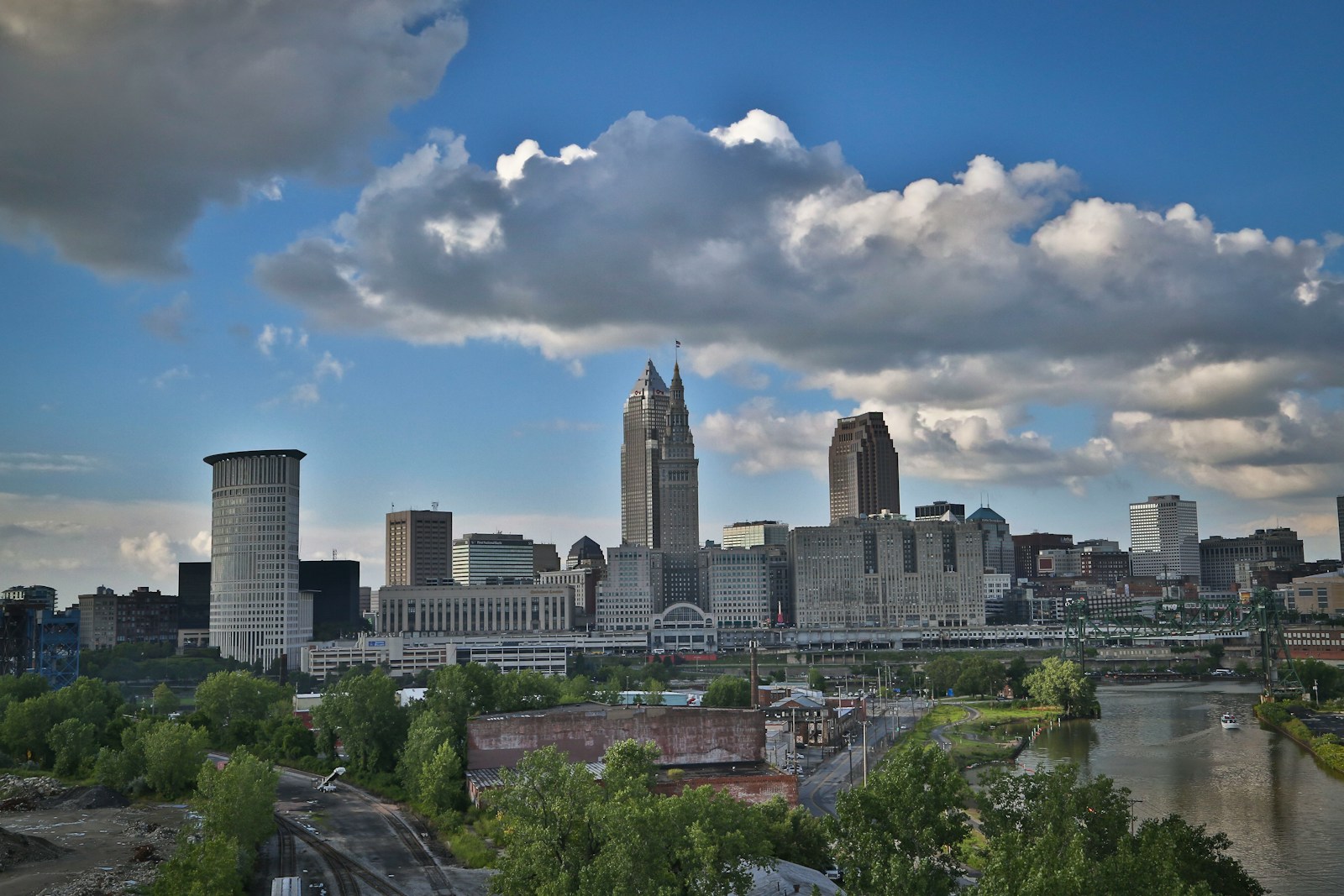
- Current biome classification: Cool mixed forest
- Projected biome classification, 2061-2080: Temperate deciduous broadleaf forest
- Current population: 370,365
10. Boston, MA
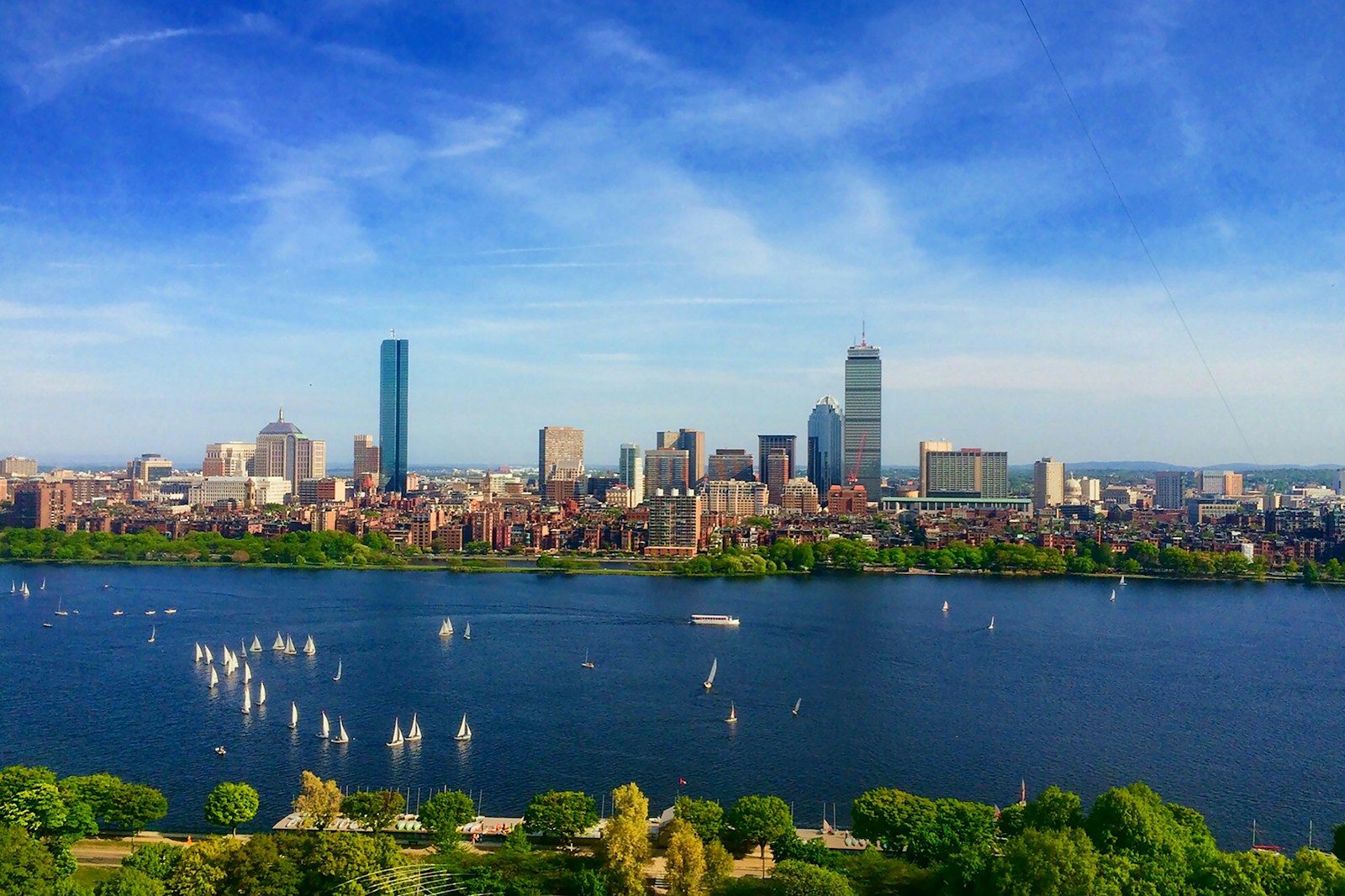
- Current biome classification: Cool mixed forest
- Projected biome classification, 2061-2080: Temperate deciduous broadleaf forest
- Current population: 665,945
9. San Antonio, TX
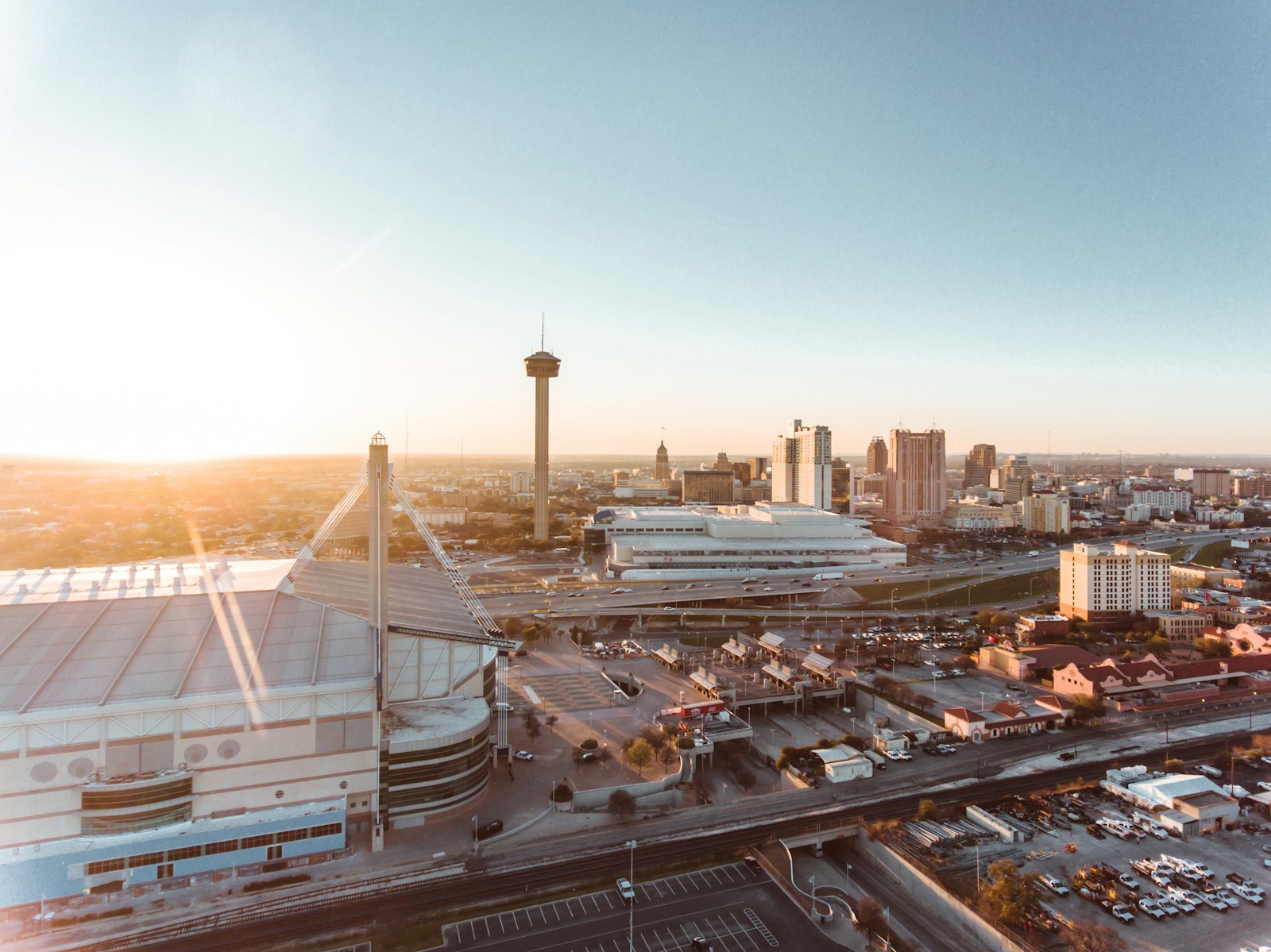
- Current biome classification: Steppe
- Projected biome classification, 2061-2080: Warm-temperate evergreen broadleaf and mixed forest
- Current population: 1,445,662
8. Irvine, CA
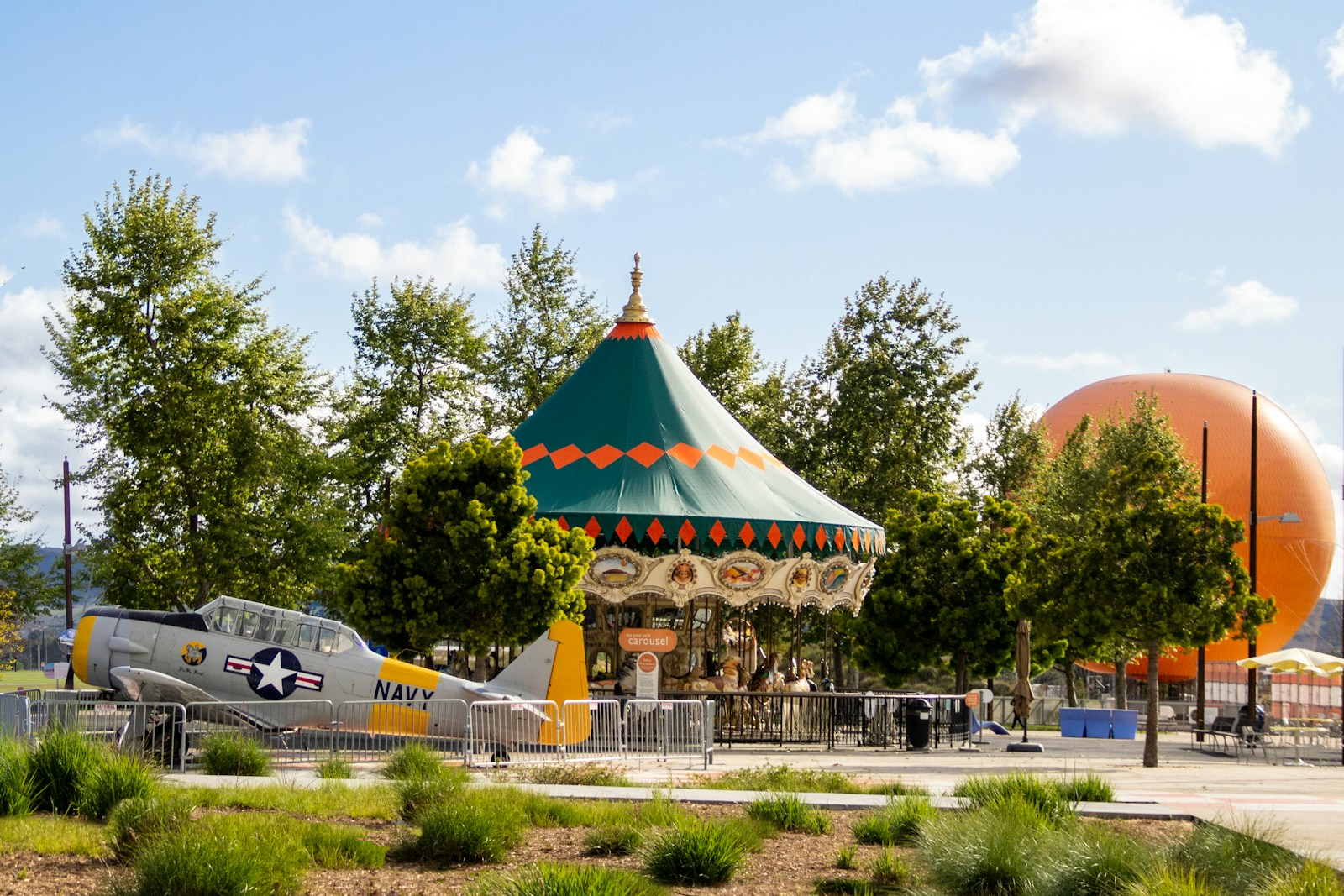
- Current biome classification: Xerophytic woods/scrub
- Projected biome classification, 2061-2080: Steppe
- Current population: 304,527
7. Santa Ana, CA
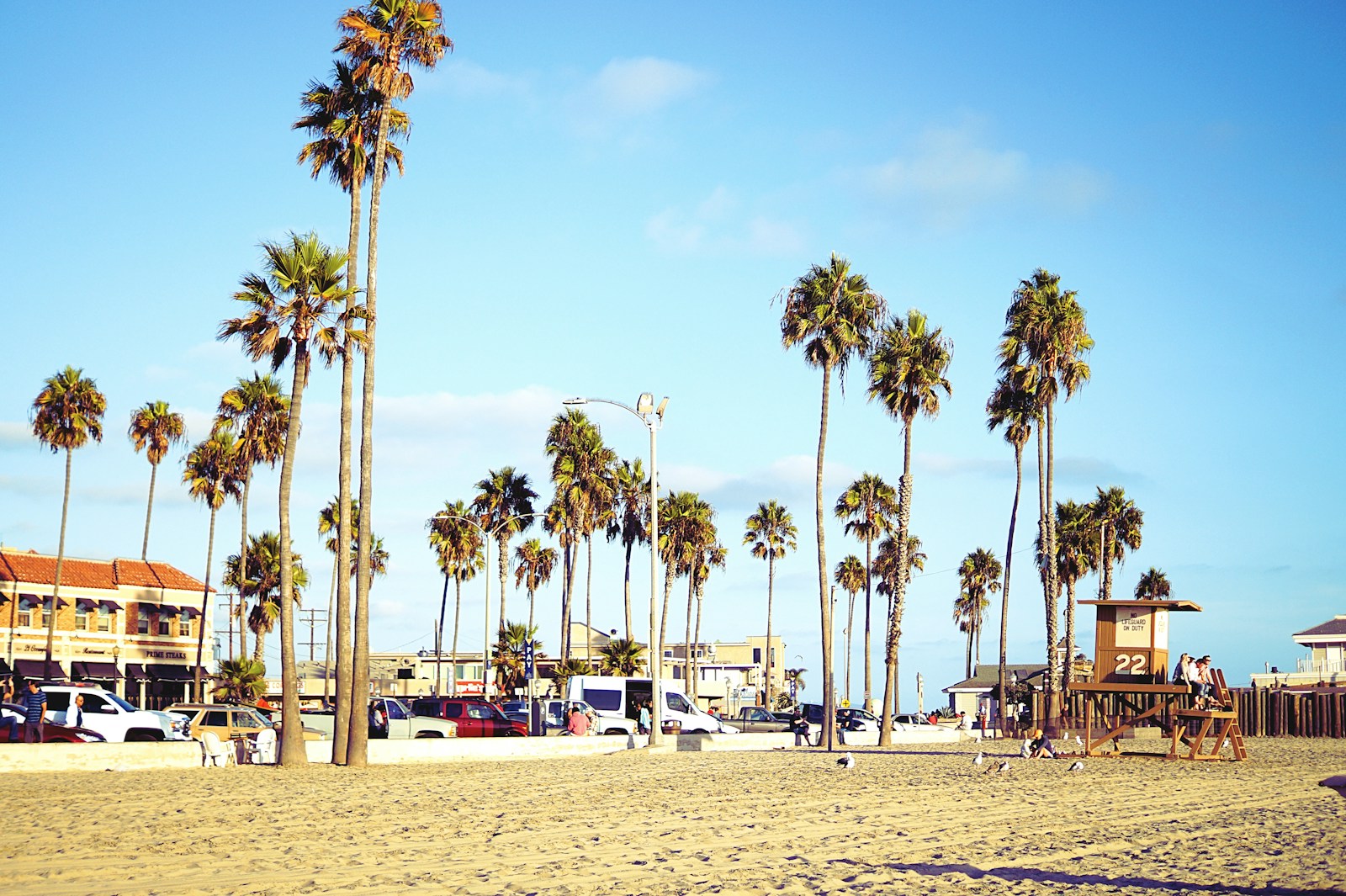
- Current biome classification: Xerophytic woods/scrub
- Projected biome classification, 2061-2080: Steppe
- Current population: 311,379
6. Anaheim, CA
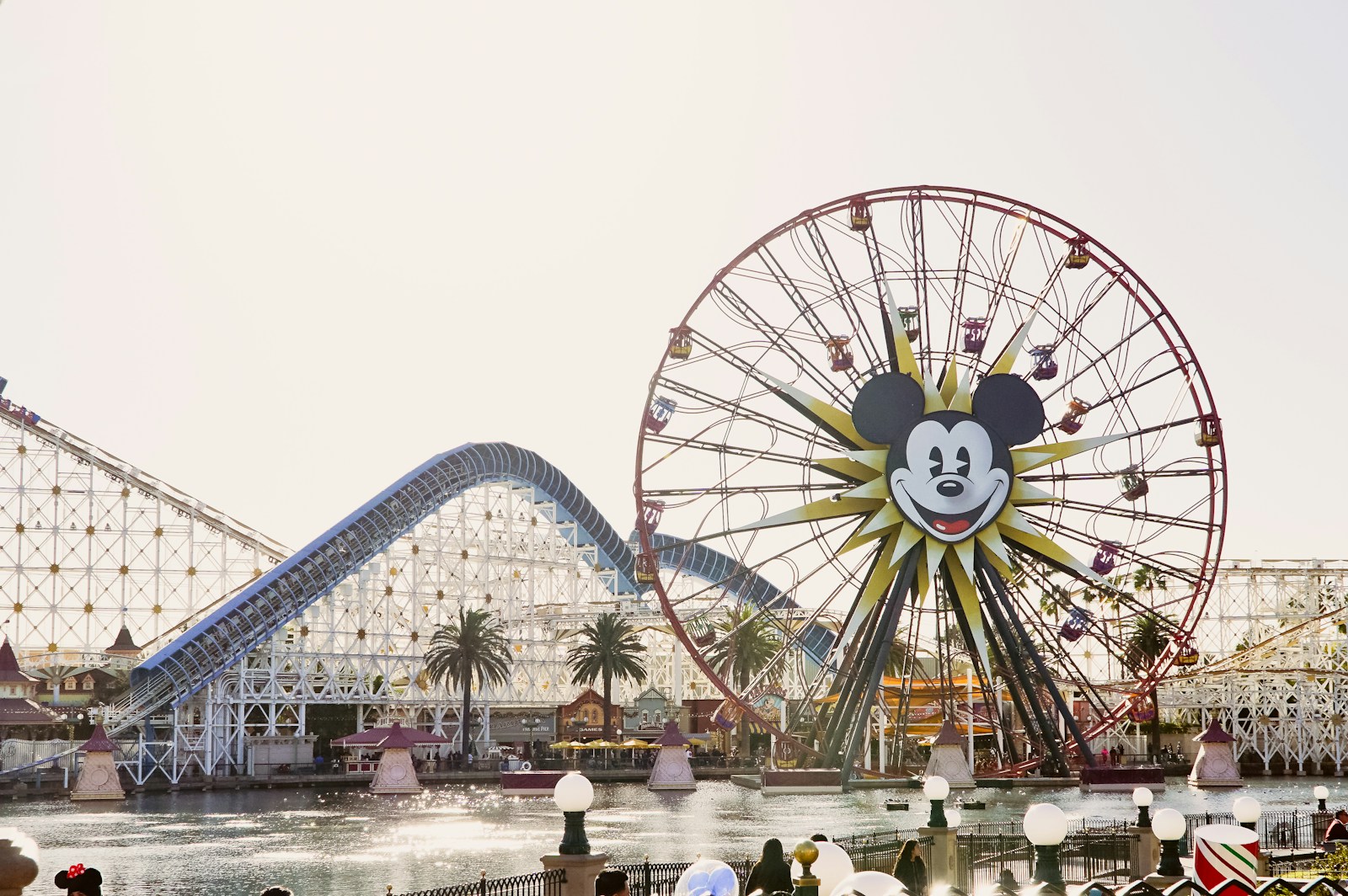
- Current biome classification: Xerophytic woods/scrub
- Projected biome classification, 2061-2080: Steppe
- Current population: 347,111
5. Long Beach, CA
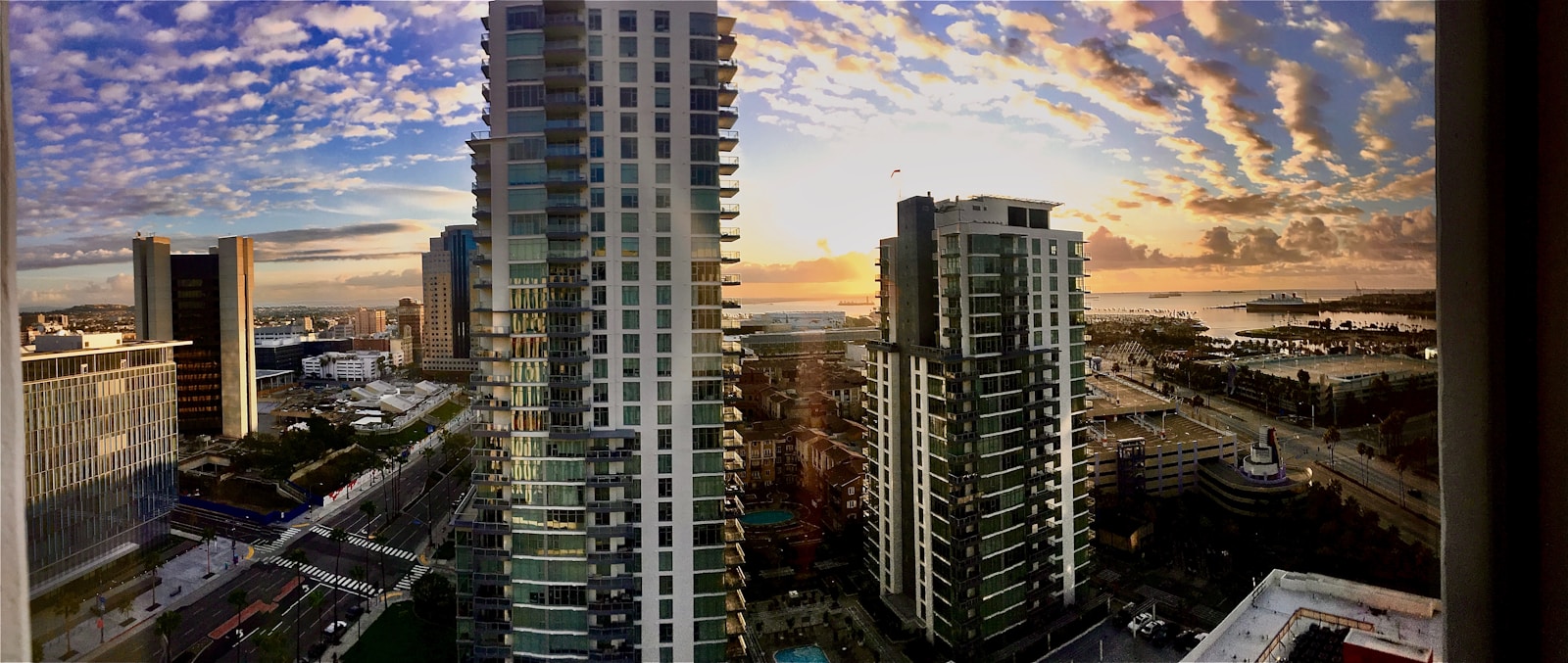
- Current biome classification: Xerophytic woods/scrub
- Projected biome classification, 2061-2080: Steppe
- Current population: 462,293
4. Sacramento, CA
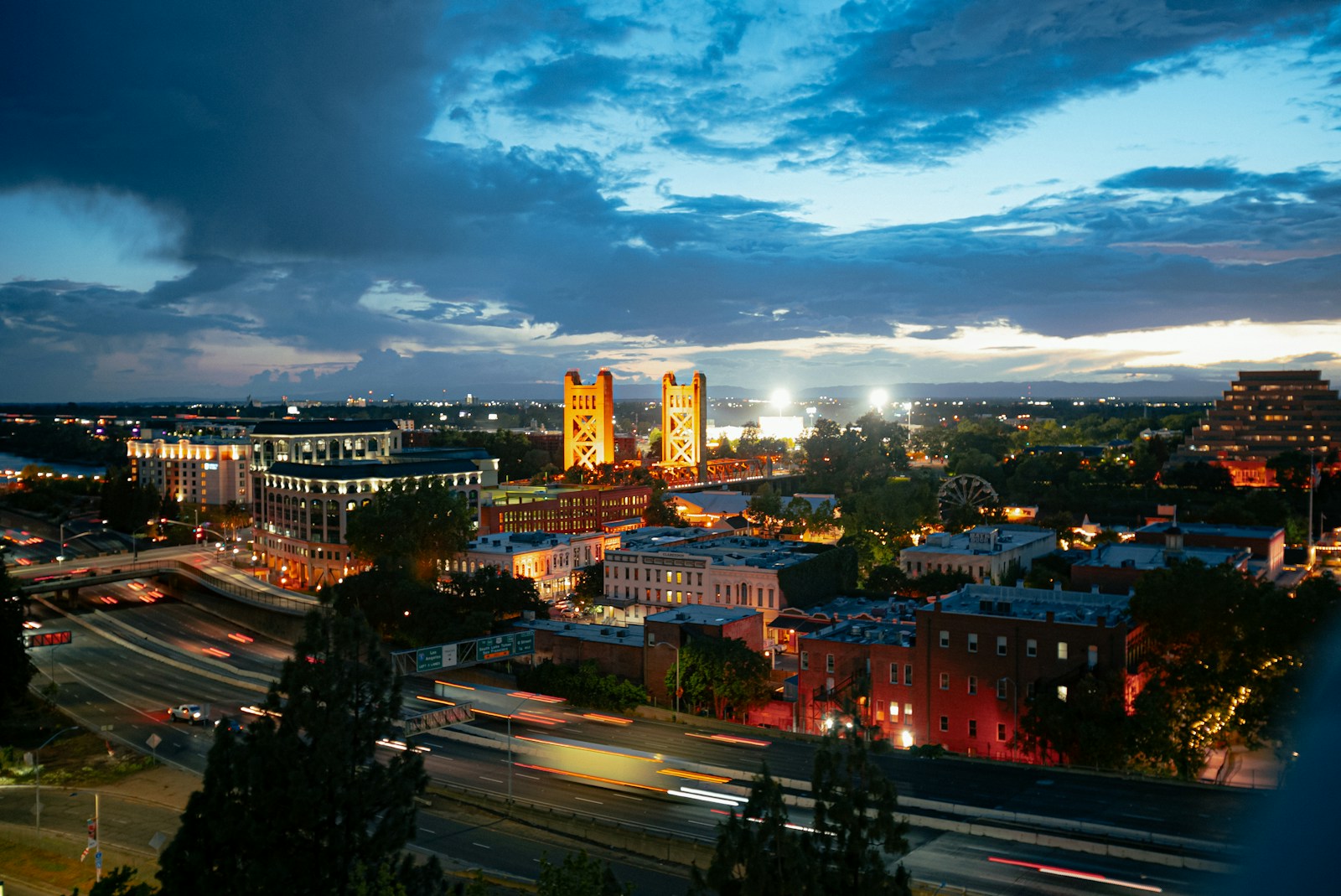
- Current biome classification: Xerophytic woods/scrub
- Projected biome classification, 2061-2080: Steppe
- Current population: 523,600
3. Los Angeles, CA
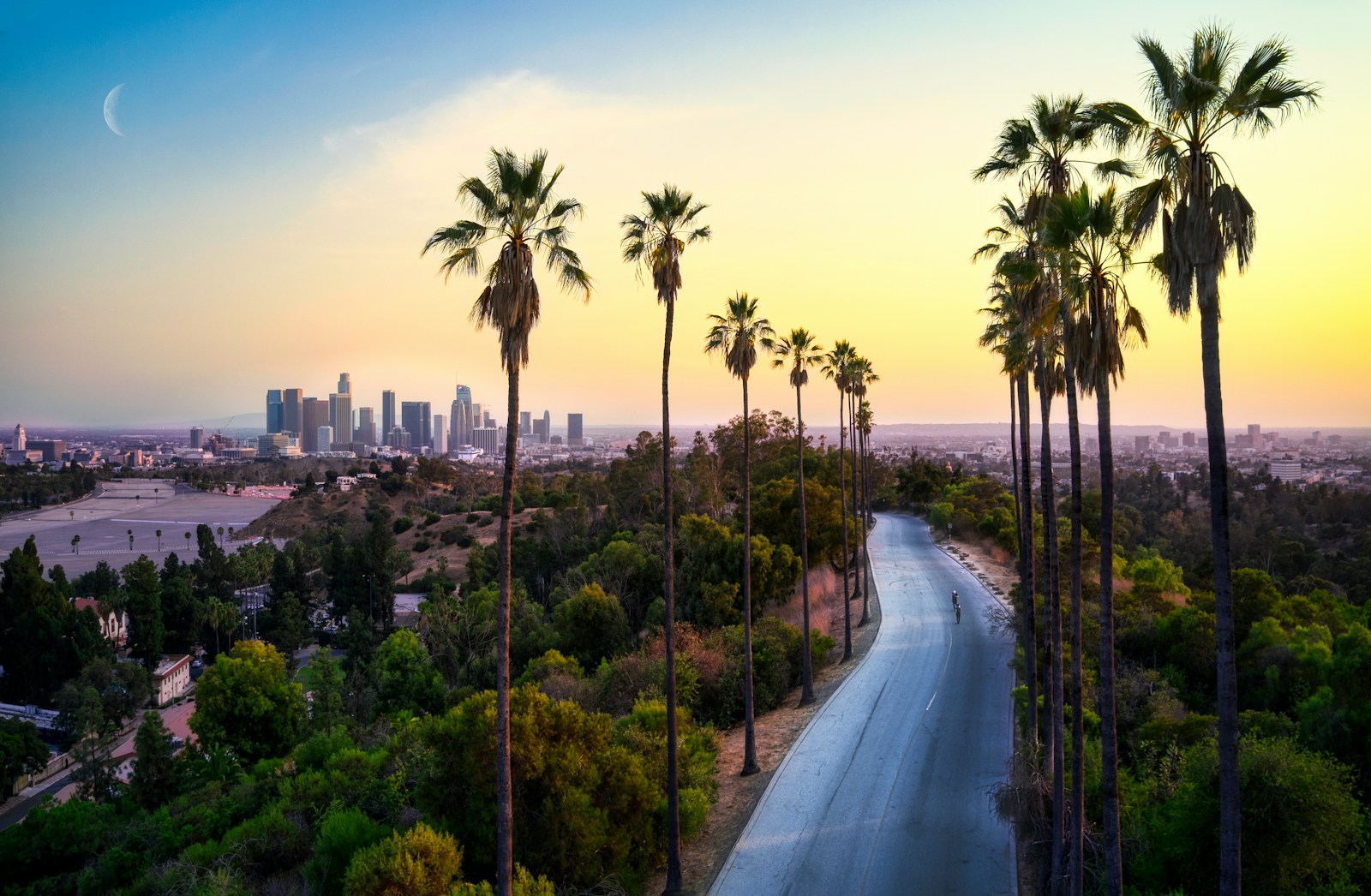
- Current biome classification: Xerophytic woods/scrub
- Projected biome classification, 2061-2080: Steppe
- Current population: 3,881,041
2. Portland, OR
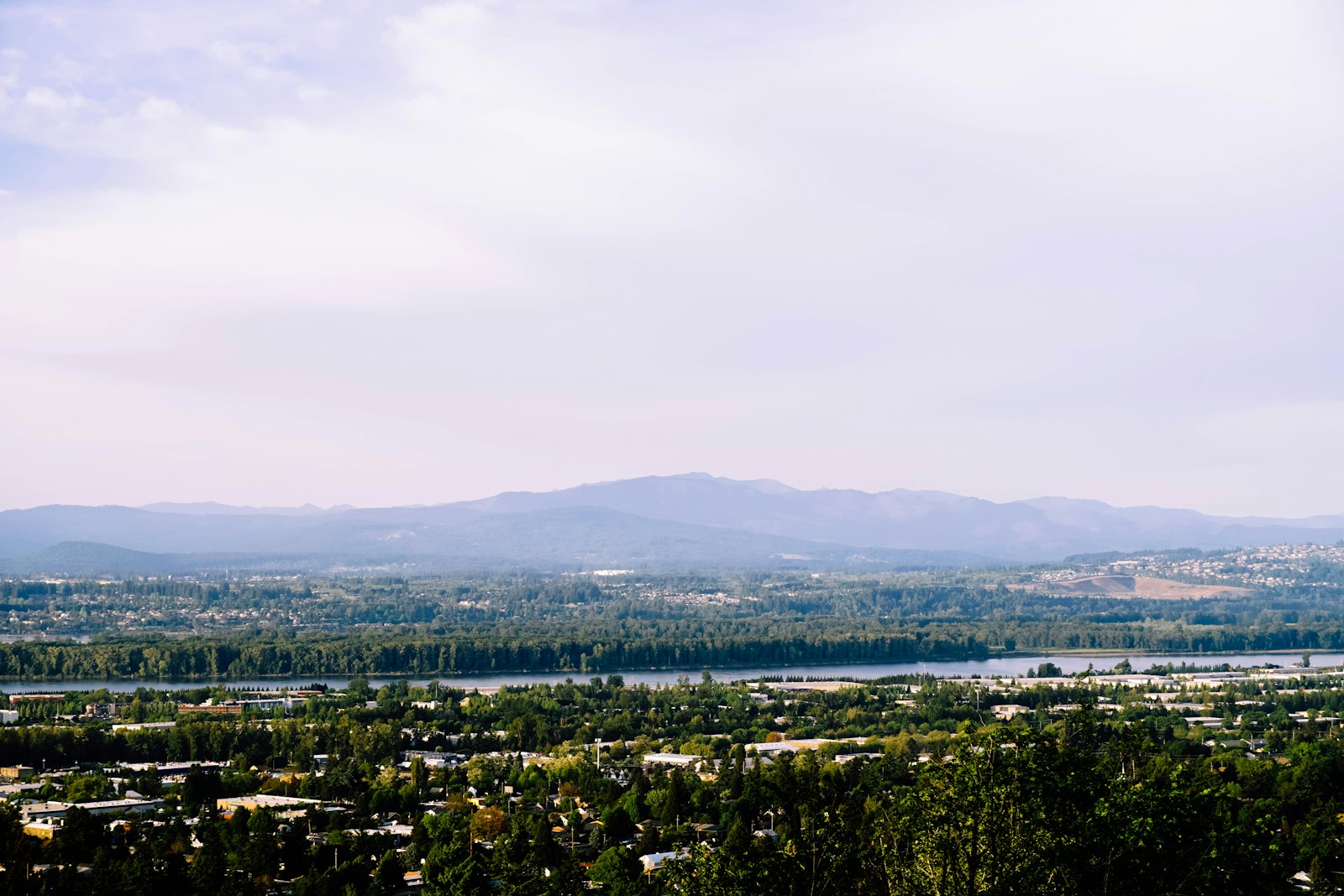
- Current biome classification: Cool evergreen needleleaf forest
- Projected biome classification, 2061-2080: Warm-temperate evergreen broadleaf and mixed forest
- Current population: 646,101
1. Seattle, WA
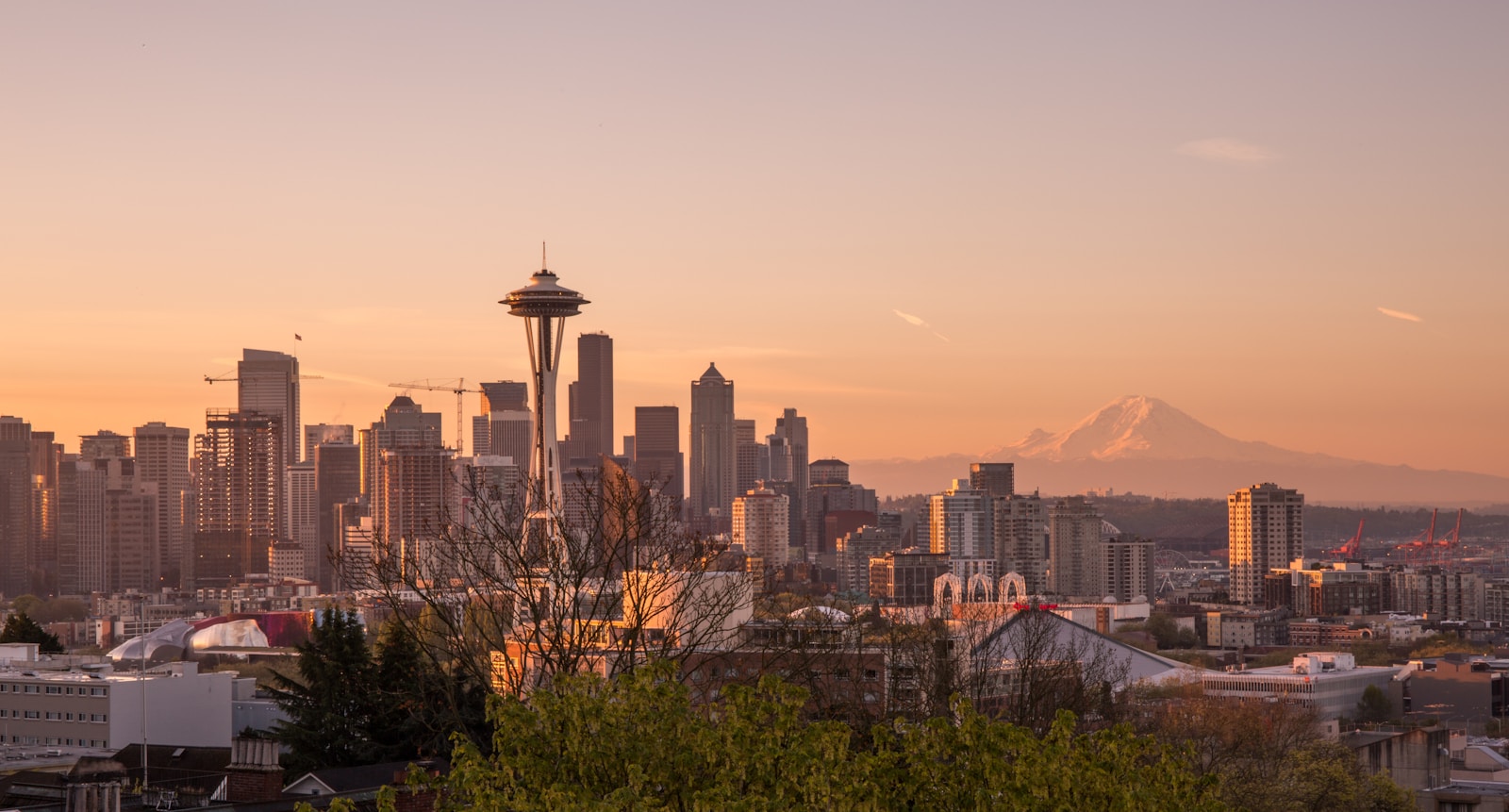
- Current biome classification: Cool evergreen needleleaf forest
- Projected biome classification, 2061-2080: Warm-temperate evergreen broadleaf and mixed forest
- Current population: 734,603
Sponsor
Find a Vetted Financial Advisor
- Finding a fiduciary financial advisor doesn't have to be hard. SmartAsset's free tool matches you with up to 3 financial advisors that serve your area in 5 minutes.
- Each advisor has been vetted by SmartAsset and is held to a fiduciary standard to act in your best interests. Get on the path toward achieving your financial goals!
More from ClimateCrisis 247
- From NY to LA, What’s The Hottest Day of the Year In Your City
- October Heat May Set New Temperature Records in These Cities Today
- The Carbon Footprint Of Halloween Chocolate Is Huge; These 25 Foods Have Highest Climate Impact
- Cities Where the Most Workers Are Exposed to the Outdoors
